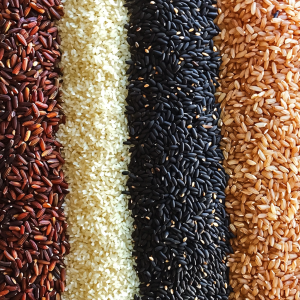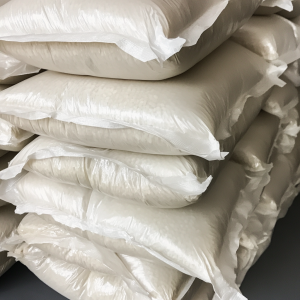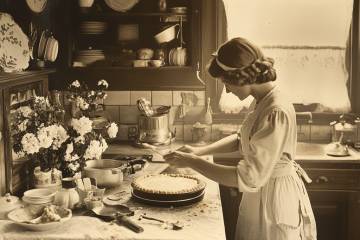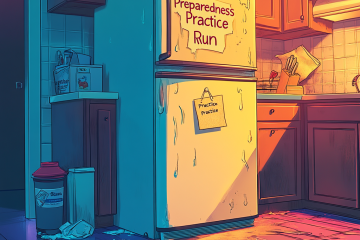
rice varies in shelf-life and nutrition
When it comes to food preparedness, I’ve learned that few items are as versatile, cost-effective, and shelf-stable as rice. My 18 months living in the Philippines taught me invaluable lessons about food security and meal planning, with rice at the center of it all. In this article, I want to share why I believe rice should be a cornerstone of your preparedness strategy, how I store it long-term, and the most efficient ways I’ve found to prepare it.
Why Rice In Your Pantry?
In my experience, rice is more than just a side dish; it’s a culinary chameleon that can extend and complement almost any meal. Here’s why I consider it an essential item for any preparedness pantry:
- Long shelf life when properly stored
- Inexpensive and widely available
- Versatile – pairs with almost any cuisine
- High in carbohydrates for energy
- Gluten-free, suitable for many dietary needs
- Extends meals, helping you feed more people with less
During my time in the Philippines, I observed firsthand how they ate rice with everything and the strategy was that whatever they made they extended the numbers that they fed by serving it with rice. This same principle applies in other Asian nations, and I’ve adopted it as a key part of my preparedness strategy.
Storing Rice Long-Term
To maximize the shelf life of rice, here’s the method I use:
- I choose white rice for longest shelf life (brown rice has oils that can go rancid)
- I use food-grade 5-gallon buckets
- I line the buckets with large mylar bags
- I add oxygen absorbers to the rice in the mylar bag
- I heat-seal the mylar bag, removing as much air as possible
- Finally, I close the bucket with an airtight lid. I switch to a gamma lid when I’m actually using the rice from that bucket, but not beforehand, as they are too expensive to have on every bucket. It’s just not necessary.
When stored this way, I’m confident that my white rice can last 25-30 years!
Quick and Efficient Rice Preparation

Rice stockpile
While traditional stovetop methods work, I’ve found that using a pressure cooker significantly reduces cooking time and water usage – both crucial factors in a crisis. Here’s my foolproof method:
- I sauté the rice grains in a mixture of butter and olive oil in my pressure cooker
- I add liquid (water or broth) – typically 1/3 the liquid to the amount of rice I’m using. Typical cooking measures require a 1:1 ratio of rice to liquid.
- For extra flavor, I sprinkle in some Shirley J Beef or Chicken Bouillon, salt, and pepper
- I cook at high pressure for 7-10 minutes (depending on volume)
- I release the pressure, and Voila! I’ve got great cooked rice!
This method works for all types of rice and consistently produces perfect results for me. It only takes 7-10 minutes to cook rice in a pressure cooker and uses less water/broth than other cooking options do.
Maximizing Your Food Supply
In a crisis, making your food go further becomes crucial. Here are some tips I’ve learned:
- I plan to serve rice with all of my bean recipes, stews, and soups to increase the number of servings
- I use rice as a base for stir-fries, adding whatever vegetables or proteins are available and make a meal out of very little protein and vegetables.
- I make rice porridge (congee) for a comforting and filling meal that uses less rice per serving
- I use leftover rice for fried rice, adding eggs and any available vegetables or meats
In my years of prepping, I’ve come to see rice as truly a preparedness superfood. Its long shelf life, versatility, and ability to extend meals make it an invaluable resource in any emergency situation. By properly storing rice and mastering efficient cooking techniques, I ensure that I’m always ready to provide filling, nutritious meals, no matter what challenges I face.
From my experience, I can confidently say, “You can never have too much rice and other grains.” So I encourage you to stock up, store smart, and rest easy knowing you’re prepared for whatever comes your way.
Join us on Facebook at www.facebook.com/preparednesspro


